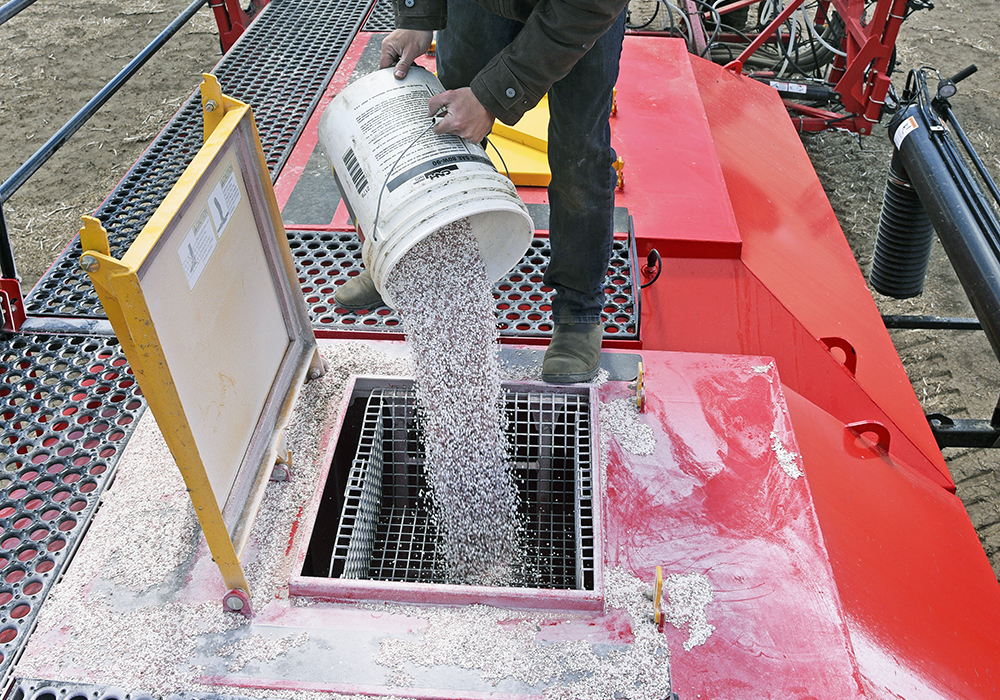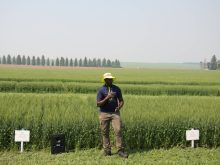A discussion document released March 4 follows a 2020 announcement that Canada would reduce emissions from synthetic fertilizers by 30 percent below 2020 levels by 2030 —the equivalent of four million tonnes of carbon dioxide
This begs the question of what the baseline is and whether farmers will be asked to reduce fertilizer use.
Erin Gowriluk, executive director of Grain Growers of Canada, said at first glance the document is largely what the organization expected, although their sustainability and sound science committee would dig deeper into it and form a more detailed response.
Read Also

Feds propose overhaul of chronic wasting disease control program
Chronic Wasting disease control program getting updated by Canadian Food Inspection Agency with feedback encouraged from producers.
“Overall, this report is largely a continuation of what we expected because the government had already stated its intended goal,” she said. “What they hadn’t done and what they’ve done now is they were not clear initially as to whether or not this was going to be a straight 30 percent reduction in fertilizer use so we were happy to see a statement in the report that the primary method to achieve this is not to establish a mandatory reduction in fertilizer use.
“We’re hoping that at no point is government ever going to move toward regulating fertilizer use in a way that’s going to limit the amount of fertilizer that’s available.”
The document noted there is no one-size-fits-all approach to meeting the national target; technology and best management practices along with more research and innovation will help.
It said the target applies to direct and indirect emissions from fertilizer application, leaching and volatilization, but doesn’t address those associated with manufacturing.
Because 2020 emissions levels have yet to be published, the document uses 2019 data.
“Based on current data for 2019, in which emissions from synthetic fertilizers accounted for 12.75 million tonnes of CO2e, the fertilizer target is anticipated to translate to a reduction of approximately four million tonnes of CO2e,” the paper said.
The paper also said Fertilizer Canada’s 4R Nutrient Stewardship program has a large role to play in helping to meet the targets.
Gowriluk said farmers are already using fertilizers as efficiently as possible given their cost. As prices climb, they will be looking for ways to be even more efficient while maintaining and increasing yields.
“Farmers don’t use these products willy-nilly,” she observed.
She added that the current environment suggested Canadian farmers will be called on to produce even more.
“As we consider where we are in this time and place, facing low grain stock carryovers, ongoing trade disruptions and now clearly we’re going to see some food insecurity challenges due largely to the war in Ukraine, it’s going to be really important that grain farmers in Canada are going to be able maximize production in a sustainable way,” she said. “If this report had come out with any other recommendations, I think there would have been some concern in our ability to do just that.”
The document is available for comment until June 3. The government is also planning stakeholder meetings.
















